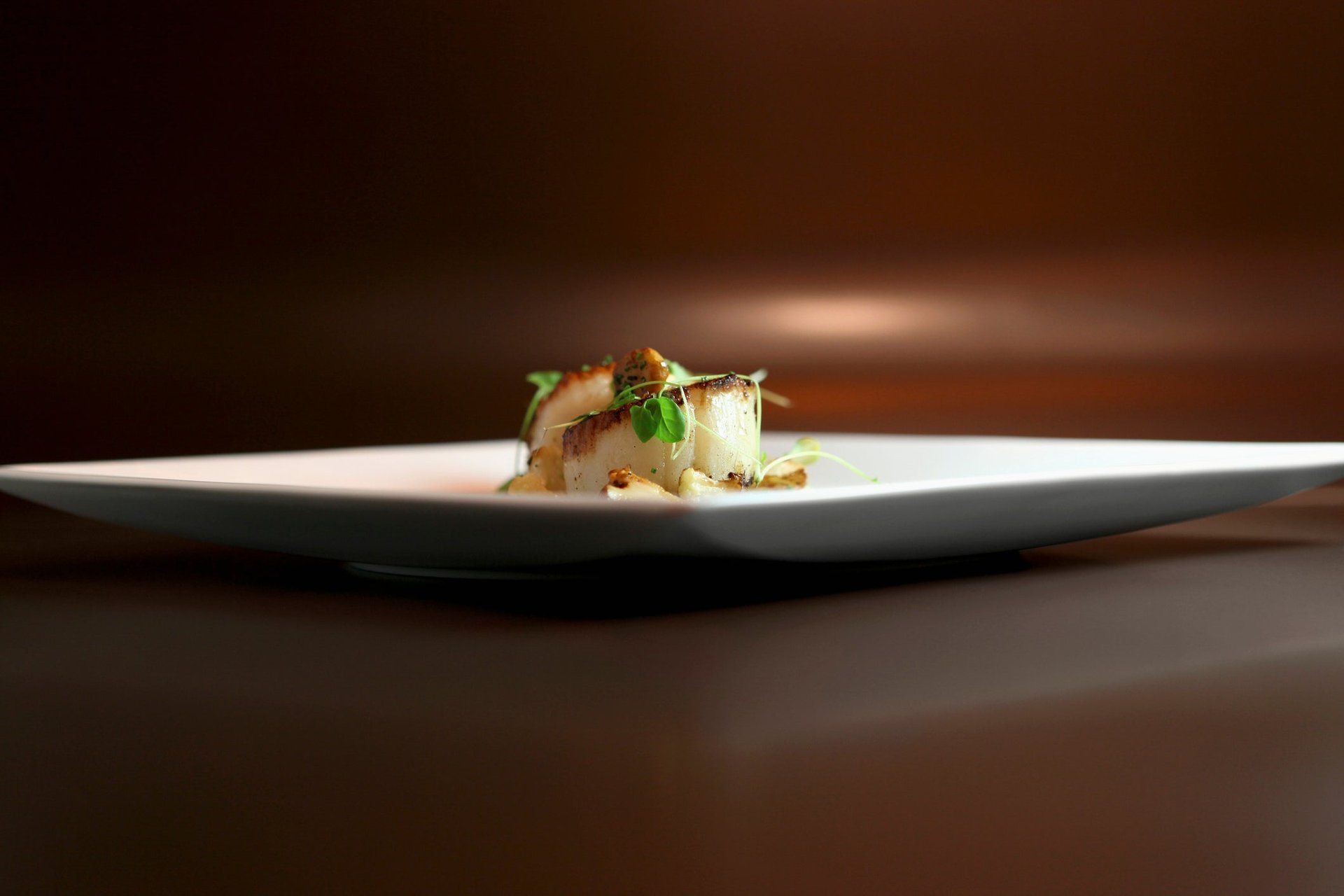Smaller portion sizes are all the rage. Is Ozempic to blame?
At restaurants across New York City, menus are full of morsels of food that cost upwards of $20

The next time you sit down with your friends, at a stylish restaurant, make sure you double check with your server before ordering appetizers for the table: petite portions are the newest trend in high-end dining.
Suggested Reading
In restaurants across the country, menus are full of mouthfuls of food that cost upwards of $20. At Water Grill, a single “Honeymoon Oyster” goes for $14 – but the morsel is topped with fish and quail eggs, along with sea urchin. At Park Avenue Kitchen, diners can order steak frites with a “petite filet mignon” for $24. And at the Noortwyck, a hash brown topped with caviar will set you back $20.
Related Content
The latter restaurant’s co-owner, Andrew Quinn, told the Wall Street Journal that guests began ordering smaller meals about two years ago and that the trend towards eating less doesn’t appear to be connected to cost.
“I can’t tell when people come into the restaurant if they are supplementing their diet with vitamin O,” Quinn told the outlet, referencing Ozempic. “But there’s been a trend to order less food.”
While guests at trendy restaurants, in major cities, might not care about cost, Americans writ large want both smaller portions and cheaper meals. Seventy-five percent of adults said they would prefer less food for less money, according to a February report from the National Restaurant Association.
Restaurant industry executives, at eateries ranging from fast casual lunch spots to Michelin star steakhouses are reportedly responding to this shift.
“We’re getting ready to get ready,” for diners to demand smaller portions, Union Square Hospitality Group chief executive Chip Wade told the New York Times.
The shift towards smaller meals has also been attributed to a generation gap. American portions have long been touted for their larger-than-average size, on a global scale. But Gen Z-ers and Millennials favor snacks and smaller meals.
“I don’t want to leave with leftovers, and I don’t want to pay for the stuff I have left over,” Pittsburgh resident Lauren Lubarski told the Wall Street Journal (NWSA).
Of course, there might be a more simple explanation for the trend towards pricey, petite appetizers. Spending upwards of $20 on a single bite of food is a great way to show off.
“It’s a bougie and flexy way of starting a meal,” Simon Kim, chief executive of Gracious Hospitality Management, told the Wall Street Journal.
